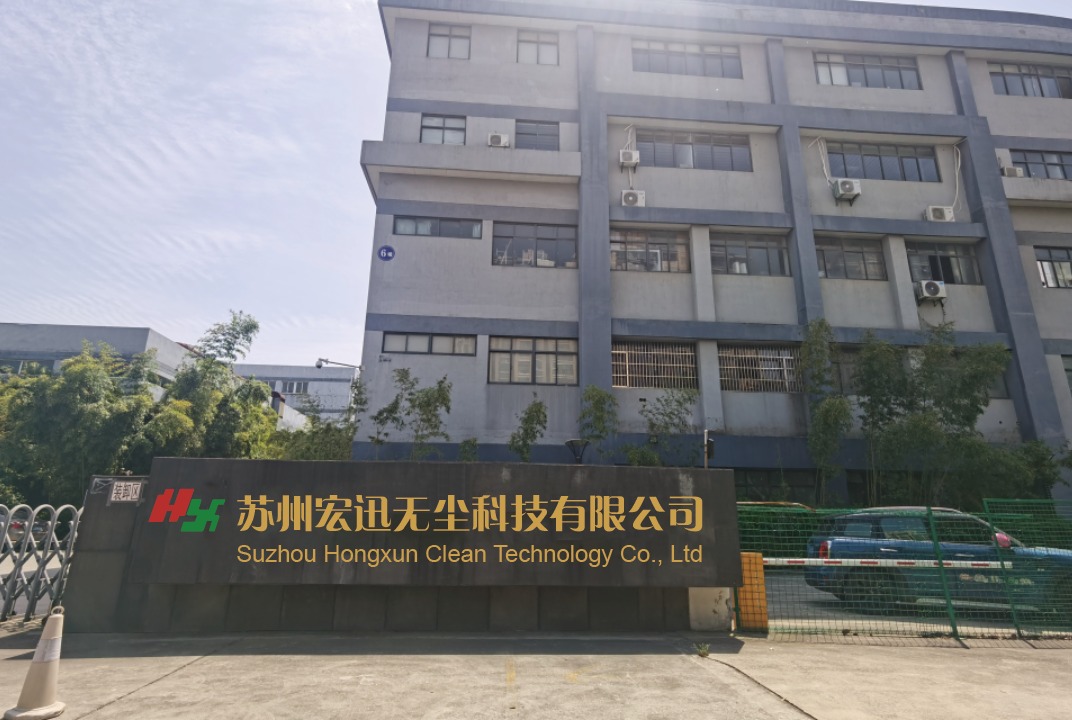Isopropyl alcohol (IPA) is a highly effective solvent used widely for cleaning, sanitation, and sampling purposes in the food and environmental testing industries. Its disinfecting properties make it an essential tool in maintaining hygienic standards in areas where contamination risks must be strictly managed. This guide details the specific applications of IPA in food safety and environmental testing and highlights its advantages and important operational considerations.
1. Surface Sanitization in Food Production Areas
In food processing environments, ensuring that surfaces are free from microbial contamination is a top priority. IPA is commonly used for sanitizing workstations, equipment, conveyor belts, and other high-touch surfaces. Its quick evaporation rate leaves minimal residue, which means it is safe for food-contact surfaces, unlike some other chemical sanitizers.
Benefits to Customers:
- Quick Drying: IPA evaporates quickly, allowing surfaces to be sanitized rapidly without the need for drying or rinsing, thereby reducing downtime.
- Effective Against a Wide Range of Microorganisms: IPA is efficient in reducing bacteria, viruses, and fungi, which minimizes the risk of foodborne pathogens like E. coli, Salmonella, and Listeria.
- Non-Staining and Low Residue: IPA is less likely to leave behind stains or residue, making it ideal for applications in food and environmental settings where cleanliness is highly visible.
Operational Considerations:
- Ensure that IPA is used in well-ventilated areas due to its volatile nature.
- When wiping down equipment, use a lint-free, sterile swab or cloth to apply IPA, minimizing the risk of particulate contamination.
- Regularly replace IPA solutions to ensure they maintain their efficacy, as they may lose potency if exposed to air or contaminants over time.
2. Sample Collection for Microbial Testing
IPA is valuable in sample collection, particularly in swabbing protocols used for surface hygiene checks and microbial sampling in food safety. It can be used to disinfect tools and equipment before and after sampling to prevent contamination, and it may sometimes be used in diluted form as a solvent to facilitate certain sample extractions.
Benefits to Customers:
- Prevents Cross-Contamination: Using IPA to sterilize tools before and after sample collection ensures sample integrity, leading to more accurate testing results.
- Supports Sterile Sampling Conditions: By cleaning surfaces and tools beforehand, IPA minimizes interference in test results, which is crucial in sensitive microbial detection applications.
- Easy Application and Quick Results: IPA allows for a fast, convenient way to sanitize between samples, providing a streamlined workflow for high-throughput testing facilities.
Operational Considerations:
- When using IPA for sample collection, ensure it has dried completely before collecting samples, as residue could alter test results.
- Follow local safety guidelines when using IPA near open flames or heat sources, as it is highly flammable.
- Label and record each sample accurately, as IPA can cause sample marking inks to smudge if not fully dry.
3. Environmental Monitoring and Cleaning Verification
IPA is frequently used to disinfect and prepare surfaces in environmental testing areas, especially in water and soil labs, where it’s crucial to avoid contamination during sampling. It’s also widely used in the validation of cleaning procedures within food production facilities, helping to ensure all equipment and surfaces are free from residual microorganisms or allergens.
Benefits to Customers:
- Consistent Hygiene Verification: Regular use of IPA for surface cleaning validation ensures that cleaning procedures are effective, supporting regulatory compliance, such as HACCP (Hazard Analysis Critical Control Points).
- Comprehensive Environmental Hygiene: IPA can help detect contamination trends when used as part of regular environmental swabbing programs, supporting proactive contamination control.
- Enhances Cross-Contamination Control: When used between sample collections or surface tests, IPA prevents the spread of contaminants from one area to another, which is especially valuable in cleanrooms or sensitive lab environments.
Operational Considerations:
- Use an appropriate concentration of IPA for the application; 70% IPA is typically ideal for disinfection, as it maintains moisture for a longer period to effectively kill microbes.
- Allow IPA to fully dry to prevent interfering with subsequent sampling or analysis.
- Implement proper storage for IPA, as it is both volatile and sensitive to light and heat.
4. Equipment Disinfection and Maintenance
In both food production and environmental labs, IPA is useful for disinfecting sensitive equipment such as thermometers, probes, and lab tools. This cleaning is necessary to avoid cross-contamination between tests, especially when equipment is in contact with multiple samples throughout the day.
Benefits to Customers:
- Maintains Equipment Precision: Regular IPA-based cleaning prevents buildup or residue on sensitive tools, preserving their accuracy and prolonging their lifespan.
- Prevents Test Result Contamination: Proper cleaning between tests with IPA helps prevent sample carryover, reducing false positives or negatives that could impact food safety compliance.
- Supports High-Throughput Operations: The quick drying nature of IPA allows for frequent cleaning without the need for prolonged drying times, which supports high sample turnover in busy lab environments.
Operational Considerations:
- Use soft, non-abrasive swabs or cloths when applying IPA to avoid scratching or damaging sensitive equipment.
- Ensure that IPA is compatible with the materials of each piece of equipment, as prolonged exposure may degrade certain plastics or rubber parts.
- Store IPA in a sealed, dark container to prevent evaporation and degradation, and replace it regularly to maintain disinfection efficacy.
Summary of Key Benefits
Implementing IPA in food safety and environmental monitoring offers customers a reliable, efficient, and versatile disinfectant for daily use. Its ability to evaporate quickly, combined with strong efficacy against pathogens, makes IPA an essential tool for maintaining clean environments, reducing contamination risks, and ensuring product safety. Adhering to operational best practices when handling IPA enhances its effectiveness and supports consistent hygiene standards, providing peace of mind for facilities that prioritize public health and safety.



